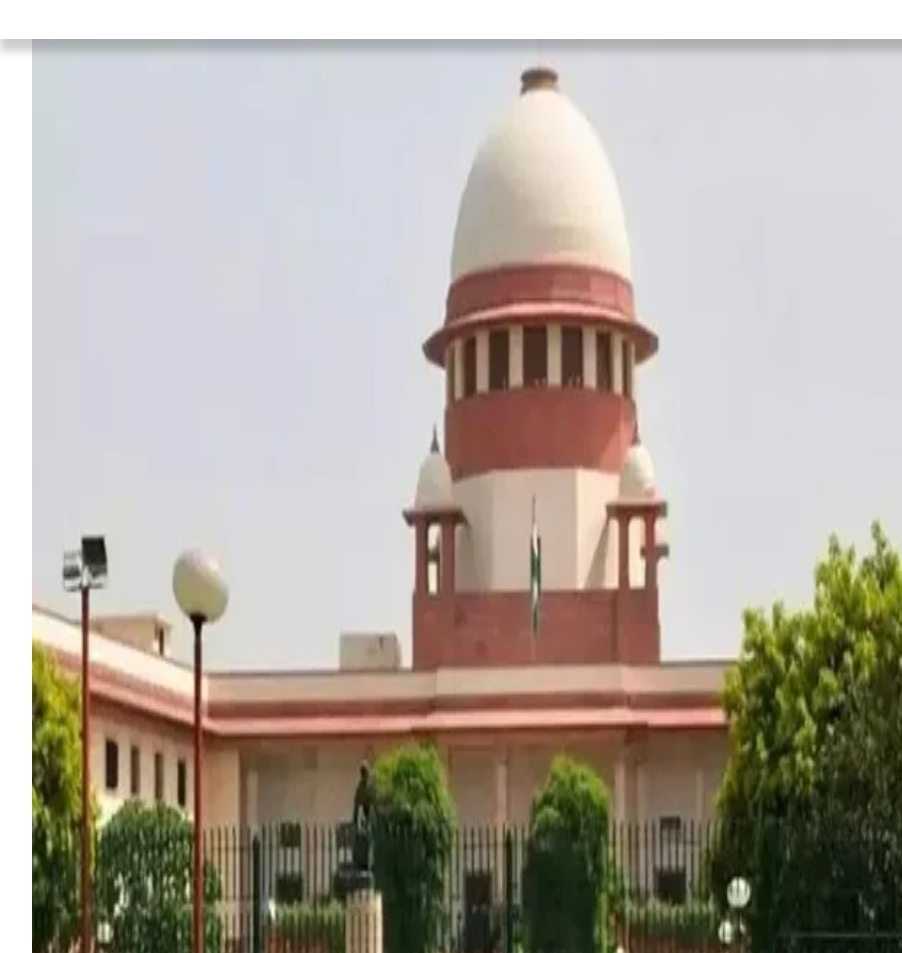Why PM Modi and CJI Chandrachud’s public display of faith is troubling
Why PM Modi and CJI Chandrachud’s public display of faith is troubling
It betrays their oaths of office and undermines constitutional assurances
Written by Indira Jaising
New Delhi | Updated: September 13, 2024 08:34 ISTNewsguard
clock_logo5 min read
facebook
twitter
whatsapp
Reddit
modi cji perform puja
The puja, in public view, by two constitutional functionaries raises the question of whether religion is being infused into the judiciary. (PTI photo)
Advertisement
The Chief Justice of India (CJI) and the judges of the Supreme Court (SC) on appointment, take an oath of office to the effect that they will bear true faith and allegiance to the Constitution of India, and that they will duly and faithfully, perform their duties without fear or favour, affection or ill-will, and that they will uphold the Constitution and the law.


Photographs tweeted by the Prime Minister, show him at a Ganesh puja with CJI D Y Chandrachud and his spouse. It is clear that the PM was an invited guest. This raises several questions. Primary amongst them is whether the CJI has been true to his oath of office.
Advertisement
The SC has held that secularism is a basic feature of the Constitution. Quoting Upendra Baxi, the Supreme Court in S R Bommai v Union of India (1994), held that that “secularism” in the Constitution connotes that the “state by itself, shall not espouse or establish or practise any religion.” The Court, in the same judgment, also held that “every individual person will have, in that order, an equal right to freedom of conscience and religion”.
short article insertNobody can question the right of the CJI and the PM to enjoy the freedom of conscience and religion privately. The question, however, is whether the public display of their faith breaches their respective oaths of office. The answer, undoubtedly, is in the affirmative.
Advertisement
This is the first known case in India’s judicial history, where a sitting CJI has invited a sitting PM to a public display of religiosity, with videographers and photographers to ensure that the event is made public. The CJI is in a saffron kurta while the PM is wearing a Maharashtrian topi (cap). One must also remember that the CJI has heard, and is due to hear shortly, the case relating to the disqualification of legislators from Maharashtra and the use of party symbols by the two factions of the Shiv Sena.
Festive offer
This is not the first time that we have seen this kind of display, but we let each instance pass, creating a new normal. In January, the CJI visited the Dwarkadhish Temple in Gujarat, and urged district court lawyers to function in a manner that the “dhwaja of justice” keeps flying. “Dhwaja” is a Hindu symbol so how does this square with secularism and his oath of office?
Advertisement
The puja, in public view, by two constitutional functionaries raises the question of whether religion is being
infused into the judiciary. India is a multi-faith society, so how does the public display of one religion by constitutional functionaries comply with their oath of office?
In S R Bommai, the SC observed that “the Constitution does not recognise, it does not permit, mixing religion and State power. Both must be kept apart.” Assuming that this puja was constitutionally permissible, why invite the PM only? Why was the head of state, the President, not invited? Why were the CJI’s brother and sister judges and the Leader of the Opposition not invited?
As Supreme Court Bar Association President Kapil Sibal points out, there have been Maharashtrian judges before (including the CJI’s illustrious father) who have never invited a PM to their residence for a Ganesh puja. This brings us to the separation of powers between executive and judiciary.
Advertisement
ALSO READ | PM Modi visit to CJI residence: Raut doubts getting fair verdict in Sena vs Sena case
Montesquieu wrote, “…there is no liberty if the powers of judging are not separated from the legislative and executive.” Justice must after all, not only be done, but also be seen to be done. This continues to be the law of the land. For the sake of institutional sanctity, the CJI needs to answer the following questions.
One, at whose invitation did the PM go to the CJI’s residence? Two, why were other constitutional functionaries not present? Were they invited? Three, in the two-year tenure of the CJI, how many times has he met the PM for social and/or religious functions in private? Four, why was a private religious ritual used for a photo-op? Five, was the symbolism of the Maharashtrian topi lost on the CJI given that the Maharashtra elections are coming up? Six, given this overt display of Hindu symbols, hymns and rituals, can non-Hindu litigants expect impartial justice from the CJI?
The oath of office requires allegiance not only to the Constitution but also to one’s conscience. Can the CJI honestly say he has been faithful to his? I have nothing to offer but a quote from Shakespeare: “O judgement, thou art fled to brutish beasts and men have lost their reason!”
The writer is a Senior Advocate, Supreme Court
©